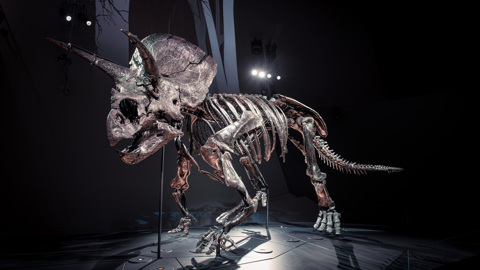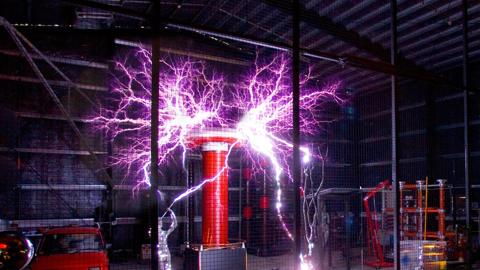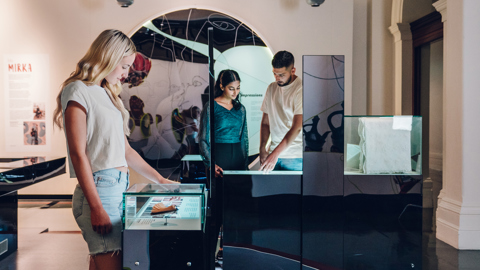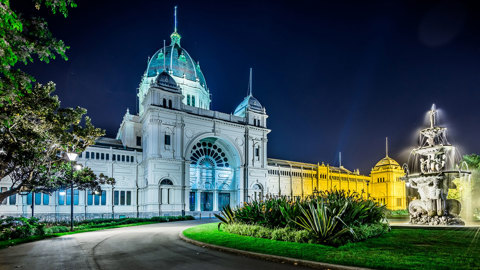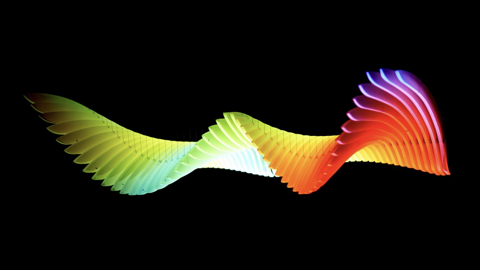Nikolai Havemann-Brown, Paper Recycling Station
Transcript
From an initial mind map exploring a range of design problems (from making school more accessible for visually impaired students to creating movement in classes rather than students sitting for the whole class), Nikolai settled on addressing the lack of paper recycling in art spaces at Bundoora Secondary College. The result is a Paper Recycling Station: a hollow L-shaped wooden structure with a total height of 960mm, made from marine ply, reclaimed hardwood, recycled marine ply and sanded down basketball back-boards. The sanded down basketball back-boards retain some of their black surface, now mottled where the pale wood from beneath shows through, and form the Station’s horizontal surfaces. The Station is mounted on wheeled castors with locking mechanisms for easy movement and safe use. A series of cuboid vertical uprights enable accessible space for recycle-ready paper to be stored on the backboard that tops the casters.
Two more repurposed backboards sandwich the upper portion of the station (which has a height of 435mm); a hollow space enclosed by a series of curving plywood panels. Patterns cut into these panels using a CNC machine take the form of parallel but offset vertical ‘dashes’, and jig-saw-like three-quarter moon tabs and gaps, set slightly apart to give a glimpse of the Station’s interior. A 3D printed white plastic tub is inset into the shorter, 875mm ‘branch’ of the L-shaped Station to provide a waterproof space for paper to be saturated and pulped. A lip around the container’s upper edge is designed to make it easier to lift clear of the station for cleaning.
A second void inset into the longer, 1100mm ‘branch’ of the L-shaped Station allows for further storage of recycle-ready paper, which can be closed off by repositioning a cut-out section of blackboard. Nikolai’s documentation explains that this L-shaped design allows users to stand in the middle and feel immersed in the paper-making – thus influencing students to finish the whole process of recycling old paper into new. His documentation also includes details about the research and design process, CAD visualisations and a one-third sized prototype, material and process testing, risk assessment and production plan, and a range of photos of the Station taken from different angles and in use: with a person standing at the Station’s tub with a mesh screen and sponge. On the worksurface beside the tub is a plastic crate filled with crumpled paper. Nikolai’s Exhibitor Statement explains that this product was made to work beyond its intended function, being multi-purpose and visually appealing. The wealth of sustainable and recycled materials used to make the Station is a purposeful reinforcement of the Station’s remit.
